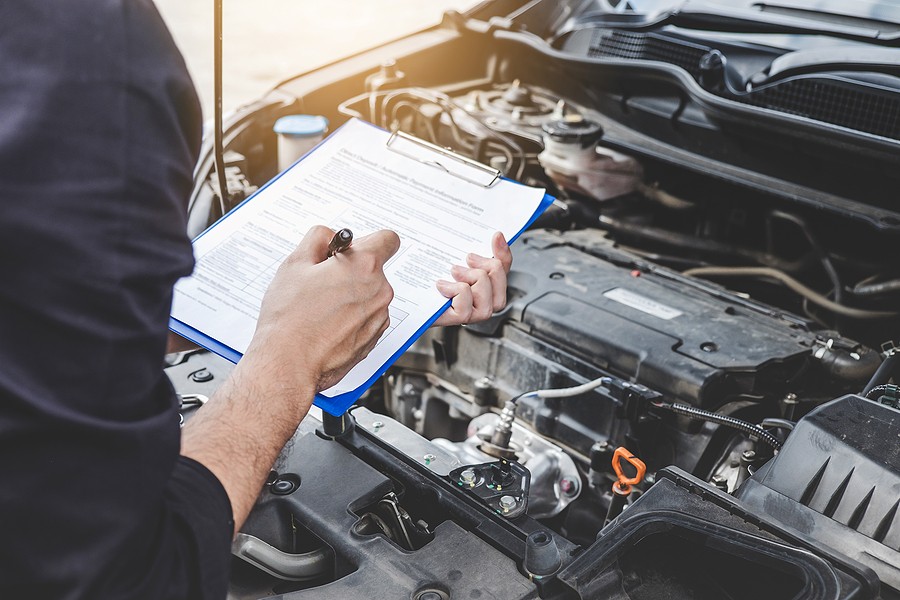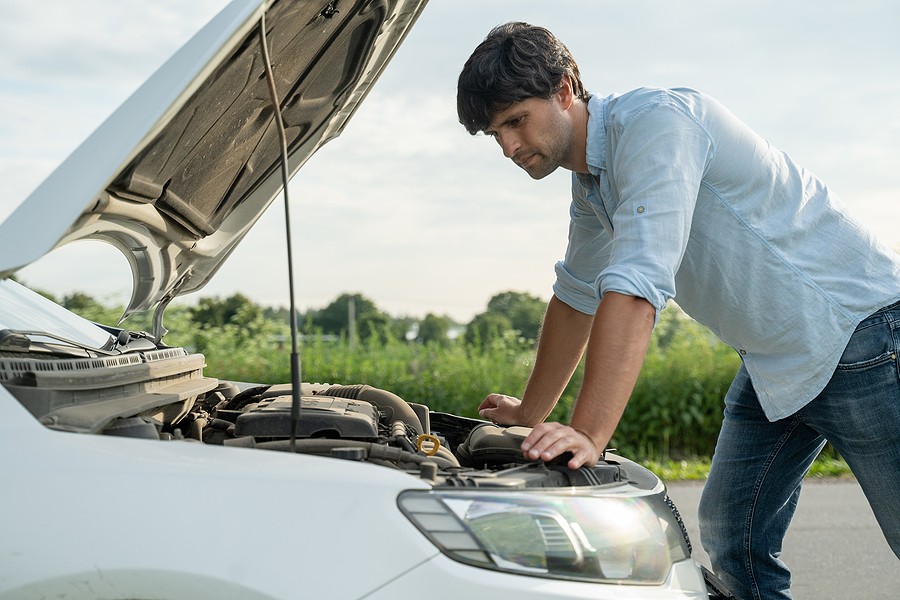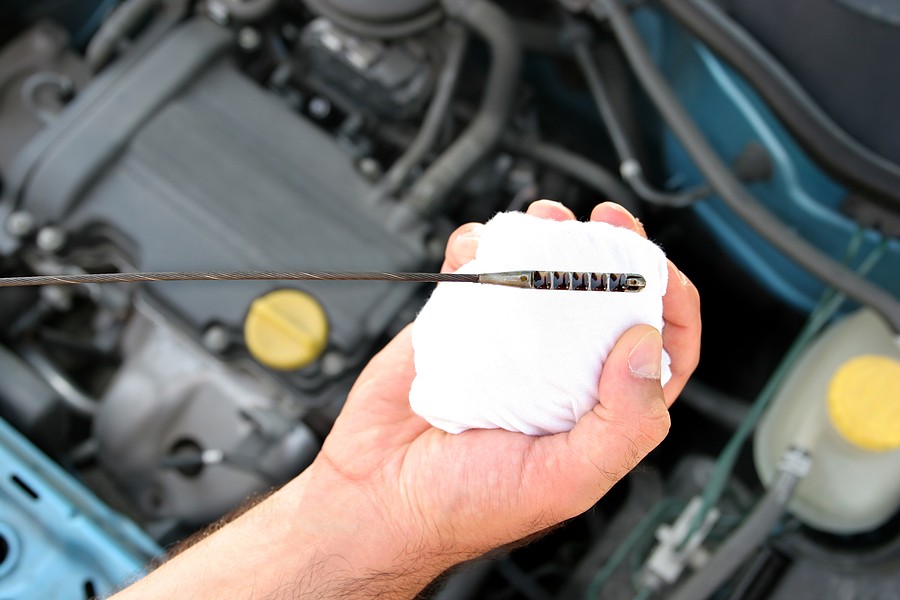If you're searching for “how do you know if a used engine is good,” Try one of the following ten simple ways:
- Check the mileage
- Review maintenance records
- Perform a compression test
- Perform a visual inspection
- Check the exhaust and smoke
- Inspect the start and idle quality
- Check fluids levels and quality
- Look for any weird noises
- Perform a quick test drive
- Analyze the oil
If you plan to purchase a used engine, you must be careful about which engine to purchase because it could be a significant investment toward the wrong part!
Buying a bad-use engine can be an additional stress to many people who don't have the right experience about what to look for when checking on a used engine.
You have to look for many things; if you don't have the right experience, you can purchase a badly used engine from someone who does not tell you the whole details about the engine.
This article highlights ten important ways to help you confirm whether the engine you bought is good. It will help you answer your question, “How do you know if a used engine is good?”
How do you know if I use engine is good? Ten ways to check
Purchasing a used engine is an incredible idea that could help you save a lot on parts costs when replacing your car's engine. However, the last thing you want to do is buy a bed-use engine, which means you'll lose more money and still end up with your vehicle not working anymore.
The following list provides ten important ways to help you confirm whether your purchased used engine is in good shape. It'll help you decide your question, “How do you know if a used engine is good?”
1- Check the mileage
In general, the vehicle mileage can tell a lot about the vehicle's condition. Most automotive experts confirm that once the vehicle approaches above 100,000 miles, that's the time when you might start seeing some major problems, including those related to the engine.
The 100,000 miles is a rough estimate and might differ significantly depending on your vehicle's brand. For example, some cars will last up to 200,000 miles, if not more, once properly cared for.
That's why you might want to research how long your vehicle's engine is expected to last. Will it last for up to 100,000 miles, or are major problems anticipated to occur around 150,000 miles?
2- Review maintenance records
Depending on where you got this used engine, you might have the luxury of reviewing maintenance records. Some good car owners keep records of what type of maintenance they perform for their vehicles to ensure that they're not missing anything, or once they are ready to sell the car, they can prove that the vehicle is worth the money.
Of course, the maintenance records cannot tell everything about the vehicle, and you must also consider other ways to inspect the engine and confirm it's in good shape. Still, it can tell a good story about what to anticipate from this engine.

3- Perform a compression test
Depending on your skills and depending on where you're getting this engine from, you might want to perform what's known as a compression test. This test aims to ensure that the engine has the right compression to operate properly.
If you don't already know, the engine requires a certain level of compression to generate the required energy, and if this compression is not maintained, there is some leak or cracks in the engine parts, which means the engine is bad.
There are different ways to perform the compression tests. We highly encourage you to review some of the available youtube videos or talk to your mechanic, who might be able to help you perform this test and confirm that your engine is in good shape.
4- Perform a visual inspection
Even if you don't have the right tools and are new to the world of maintenance or automotive, you can look at the engine. For example, visual inspections can help you tell if the engine has clear damages or is outs or missing components.
Any signs of missing components or early symptoms of initial cracks could tell a lot about the vehicle's health. For example, if you feel that the engine has some major cracks, it won't operate, and it's just a waste of time for you to go with it.

5- Check the exhaust and smoke
In general, your vehicle's exhaust smoke should not be a visible color. However, if you're driving a very old car and starting it in the morning, you might see some white smoke, but it should not be a continued problem.
That's why some experts recommend looking at the exhaust smoke color when you are searching for how you know if a used engine is good. If you feel that it has a visible color that's blue or probably strong white, it might mean that there is some internal engine leak that you should be aware of.
6- Inspect the start and idle quality
When installing the engine, you must confirm that it's operating properly. One of the things that you could do is to check on the engine start and idle quality. You can turn on the vehicle and see if the engine is performing the way it should and the same way your old vehicle starts.
If there isis some difficulty starting or the engine is not idling properly, it might indicate that this engine is not the best. Remember that some other problems could lead to the starting issue, but if you're the only thing you're changing is installing a new or a used engine, it might most likely be related.

7- Check that all the fluids levels and quality
Inspecting the engine is not limited to looking at the metal components. You have to look for some other things, including checking the fluids levels and quality.
For example, you need to look at the oil itself and confirm that it's at the right consistency at the right level. You also need to check on the coolants and ensure that the engine is cooled down properly and there are no internal leaks.
Any potential internal or external leaks could mean a lot of money on repair and means that you purchased that engine. Therefore, you must be careful about these leaks and have the right person inspect the engine to confirm it's in good shape.
8- Look for any weird noises
Alternative experts always recommend that you never ignore any weird noises from your vehicle, whether related to the engine or any other component. Therefore, when connecting the engine, ensure you're not hearing any knocking, rattling, or other noise that could indicate the engine is not performing properly.

9- Perform a quick test drive
Sometimes, you might have the luxury of performing a test drive. For example, suppose the owner allows you to connect the engine and start driving your vehicle. In that case, you can tell a lot immediately whether the engine is in good shape, assuming you understand how the engine should operate.
Suppose you don't have the right experience. In that case, you must leave it to professionals and have your mechanic perform this instruction to confirm that the vehicle is in good shape.
10- Analyze the oil
Finally, you want to ensure your engine is not causing issues with your oil. For example, suppose you can see some visually visible contaminations or the oil's not at the right consistency and quality. In that case, you might want to consider purchasing a different engine because this could mean a lot internally.

How do you know if a used engine is good? Final Thoughts
Buying an engine is a big deal whether it's brand new, rebuilt, or potentially used. It is still a significant investment, so you have to ensure you're buying the right engine that does not have any problems.
While buying a used engine is a great idea because it saves you a lot of money, it comes with risks, including buying an engine in bad shape by mistake.
This article provided ten ways to help you answer whether a used engine is good. These include visually inspecting the engine, performing compression tests, and other ways to help you buy the right engine.
If you're interested in similar posts, we highly encourage you to visit our blog by clicking here!



